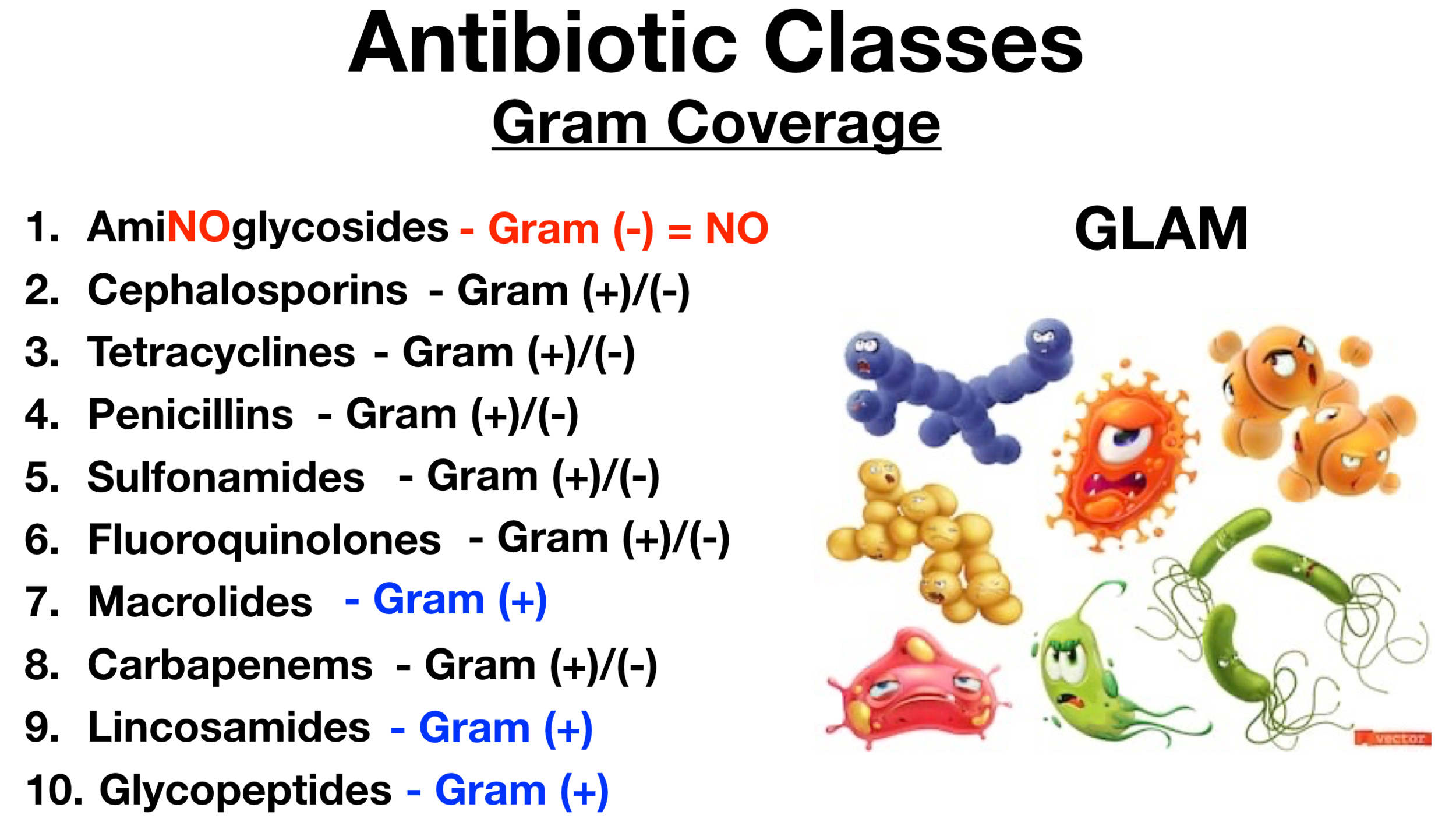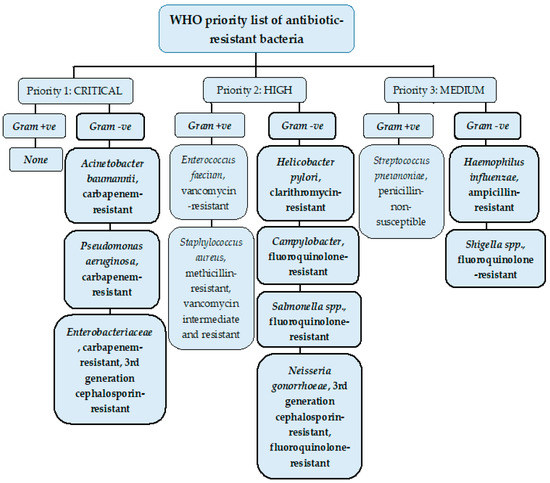Which Antibiotics Work Best on Gram-negative Bacteria
These include the tetracyclines tetracycline minocycline and doxycycline quinolones including ciprofloxacin moxifloxacin and gemifloxacin chloramphenicol and rifampin. New treatments for gram-negative bacteria are needed particularly as resistance grows to the last.

Antibiotics Used For Gram Positive And Gram Negative Bacteria With Its Download Scientific Diagram
D NCF degradation products triggered by periplasmic β-lactamases.

. Stress response network analysis. This class includes amikacin gentamicin kanamycin neomycin streptomycin and tobramycin. The most commonly used antibiotics to treat infections caused by gram negative bacteria include the following classes.
Enterococci has two main species - Enterococcus faecalis and Enterococcus faecium. For example all penicillin-class antibiotics ampicillin amoxicillin block the formation of the external cell wall of the bacteria. Relebactam is active against Gram-negative bacteria and is currently in phase 3 clinical trial in combination with imipenemcilastatin for the treatment of drug-resistant infections including infections caused by carbapenem-resistant Enterobacteriaceae 4950.
Other classes attack the replication cycle of the bacteria including cell division and protein synthesis needed to reproduce. However some Gram-negative bacteria encountered in the burn unit are now resistant to all the aforementioned antibiotic classes and often the treatment option is relegated older drug classes namely the. The antibiotics listed are active against Efaecalis but have limited activity for Efaecium Cloxacillin and clindamycin typically have less than 40 activity for Sepidermidis thus usage depends on local susceptibility data Meropenemimipenemdoripenem.
Many critical Gram-negative active. Zidebactam Figure 4 is a bicyclo-acyl hydrazide DBO β-lactamase inhibitor. Gram-negative bacteria are most often resistant to antibiotics as a result of the acquisition of resistant genes or gene mutation.
ORIGINAL ARTICLE Antibacterial and Antibiotic-Potentiation Activities of Some Cameroonian Food Plants against Multi-Drug Resistant Gram-Negative Bacteria. The penicillins and the glycopeptides have the best activity and ampicillin typically has greater in vitro killing ability than vancomycin. After all one of the best ways to fight Gram-positive and Gram-negative bacterial.
Br J Hosp Med. E ONPG degradation products produced by cytoplasmic β-galactosidases. The relatively narrow spectrum of these drugs should be the incentive to prescribers to.
CH Peptidomimetics permeate gram-negative E. Penicillin cloxacillin and erythromycin should be enough to cover 90 per cent of Gram-positive infections. Studies have shown that newly developed antibiotics will.
These antibiotics include cephalosporins ceftriaxone-cefotaxime ceftazidime and others fluoroquinolones ciprofloxacin levofloxacin aminoglycosides gentamicin amikacin imipenem broad-spectrum penicillins with or without β-lactamase inhibitors amoxicillin-clavulanic acid piperacillin-tazobactam and. C Overview of the leakage experiments on gram-negative bacteria. Gram-negative bacteria such as Acinetobacter baumannii Enterobacteriaceae and Pseudomonas aeruginosa are a rising concern for human healthGlobally gram-negative bacteria have displayed increasing resistance to carbapenem and cephalosporin antibiotics.
Gram-Negative Bacteria Health and wellness professionals who understand the difference between Gram-positive and Gram-negative bacteria are better equipped to interpret and utilize high-quality essential oil and herbal medicine research. Experiments with modified arylomycin as an antibiotic to treat gram-negative bacteria have shown some promise in mice. The aminoglycosides particularly gentamicin were historically the antibiotics of choice in the treatment of Gram-negative infections.
Building on this work it was later shown that all major classes of bactericidal antibiotics β-lactams aminoglycosides quinolones despite the stark differences in their primary drug-target interactions promote the generation of lethal hydroxyl radicals in both Gram-negative and Gram-positive bacteria 8. The next exciting phases of testing are in large animals and humans. Coli OMs and IMs panels CE and gram-positive MSSA and MRSA membranes panels FH.
Therapeutic control of beta-lactamase-producing bacteria has been a major clinical problem in the past 40 years. Antibiotics for gram-positive organisms. Multidrug-resistant MDR Gram-negative bacteria represent a serious and growing risk to public health 1 5.

Antibiotic Class Chart Drug Name List Coverage Mechanism Of Action Mnemonic Examples Made Easy Ezmed

Molecules Free Full Text Resistance Of Gram Negative Bacteria To Current Antibacterial Agents And Approaches To Resolve It Html

Antibiotics Used For Gram Positive And Gram Negative Bacteria With Its Download Scientific Diagram
No comments for "Which Antibiotics Work Best on Gram-negative Bacteria"
Post a Comment